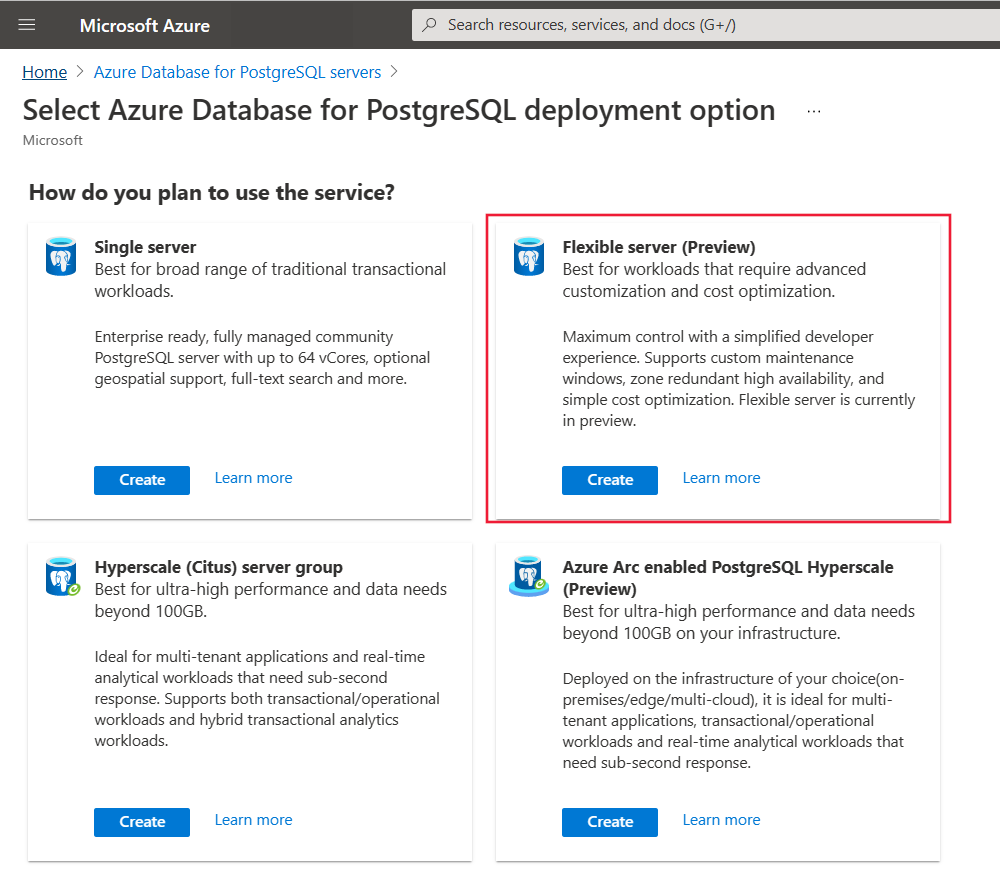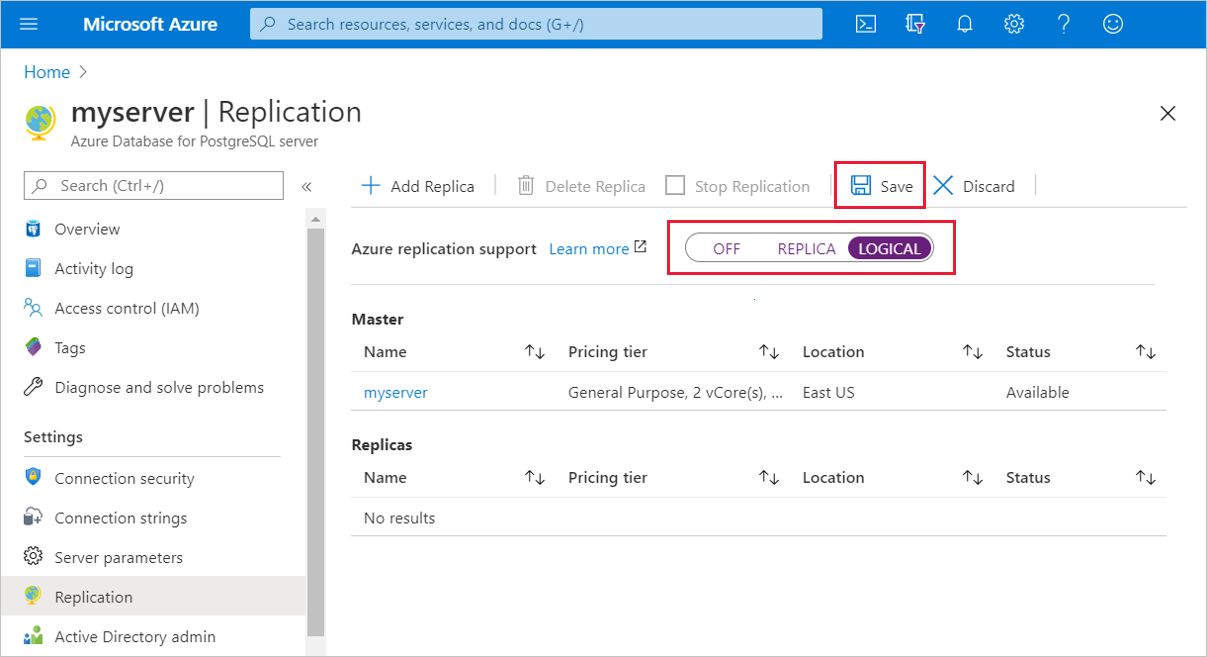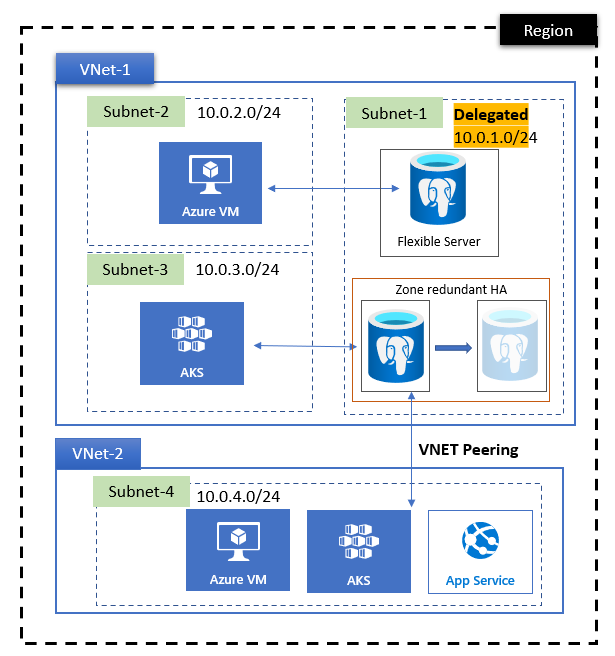

- AZURE DATABASE FOR POSTGRESQL FLEXIBLE SERVER UPGRADE
- AZURE DATABASE FOR POSTGRESQL FLEXIBLE SERVER PASSWORD
- AZURE DATABASE FOR POSTGRESQL FLEXIBLE SERVER FREE
PASS_ENCODED=$(echo $DB_SERVER_PASS | sed | sed dbq="docker run -it -rm postgres psql '$DB_CONN_STR' -c" Creating the TimescaleDB Extensionįinally, we run the command below that will create the TimescaleDB extension in our database: dbq "CREATE EXTENSION IF NOT EXISTS timescaledb CASCADE "
AZURE DATABASE FOR POSTGRESQL FLEXIBLE SERVER PASSWORD
Next, we create a Postgres Moniker with our password from the parameters above and configure the dbq alias that we can use to run commands # Run command to enable extension start-ip-address $MY_IP -end-ip-address $MY_IP Create a Database Alias to run SQL Queries g $RG_NAME -n $DB_SERVER_NAME -r allowip \ Note: the script below fetches your IP from Connecting to our TimescaleDB # Get connection stringĬONN_STR=$(az postgres flexible-server show-connection-string -s $DB_SERVER_NAME -d $DB_NAME -u $DB_SERVER_USER -p $DB_SERVER_PASS | jq -r '.connectionStrings.psql_cmd')Īz postgres flexible-server firewall-rule create \ So let's add a firewall rule to the database with our current IP. Now we are ready to create our actual Database! Managing our TimescaleDB Serverįirst, we need to be able to connect to our database.

AZURE DATABASE FOR POSTGRESQL FLEXIBLE SERVER UPGRADE
name azure.extensions -value timescaledbĪLTER SYSTEM SET timescaledb.license = 'timescale' Īz postgres flexible-server restart -resource-group $RG_NAME -name $DB_SERVER_NAMEĪz postgres flexible-server db create -g $RG_NAME -s $DB_SERVER_NAME -d $DB_NAME ❗we upgrade the license from Apache 2 to the Timescale community edition to enable Timeseries features such as retention # Allow the extension TimescaleDB to be created

name shared_preload_libraries -value timescaledb 💡 You can view the server parameters with az postgres flexible-server parameter list -g $RG_NAME -s $DB_SERVER_NAME -o table # Preload the TimescaleDB library on server startĪz postgres flexible-server parameter set -g $RG_NAME -s $DB_SERVER_NAME \ For this, configure the Postgres extensions and libraries to be enabled through the CLI and restart the server. We now have a Postgres server but TimescaleDB is not enabled yet. version 14 Enabling the TimescaleDB Extensions and Libraries n $DB_SERVER_NAME -u $DB_SERVER_USER -p $DB_SERVER_PASS \ Once the details are configured, create the Postgres server with version 14 in the Burstable tier 💡 You can view the skus and tiers with az postgres flexible-server list-skus -l $LOCATION -o table` # Create Postgres Server with major version 14Īz postgres flexible-server create -l $LOCATION -g $RG_NAME \ Let's get started by configuring our parameters, just copy the below and fill in the details you want to use: # Azure GeneralĪz account set -subscription $SUBSCRIPTION_IDĭB_NAME='YOUR_DB_NAME' Creating the Server and Database This will create a Postgres Database and on there we can load the Timescale library. To deploy TimescaleDB on Azure, we will be utilizing Postgres for Azure Databases (referred to as flexible-server in the Azure CLI).
AZURE DATABASE FOR POSTGRESQL FLEXIBLE SERVER FREE
If you do end up deploying the post, you will hit the issue of the license which stated: HINT: Upgrade your license to 'timescale' to use this free community feature. Since deploying an Azure DB for Postgres is similar in cost to Azure Data Explorer we have decided to switch towards the latter. However, due to Timescale its licensing scheme and "Community License" usage, you will be unable to utilize the most crucial features (e.g., add_retention_policy). To provide an update, the post will allow you to deploy an Azure DB for Postgres and enable the TimescaleDB extension.


 0 kommentar(er)
0 kommentar(er)
